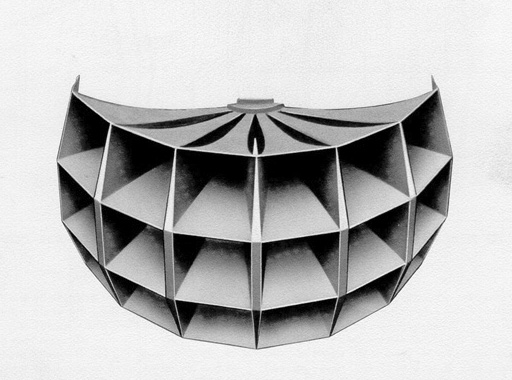|
I know that tweeters is a “lost subject” and it is hard to talk about tweeters with audio people. Everyone understand tweeters differently, primary in context of this systems or even more correctly – in context of this frustrations with thier current tweeters. I’m not an exception from those rules. I tend to use “talented” midranges and I do not anticipate tweeter to ”do” a lot. It is know that I have a bias to vintage tweeters with plastic diaphragms but here is not a conversation about the tweeters but rather about the tweeter waveguide.
I wrote before in the article “Problems with horns: tweeters” that I like wide dissipation tweeters, and considering that I use them way above 10kHz I would love to have a dissipation pattern as large as possible, 180 degree is better then 120 degree. Despite that I do have a tweeters about which I feel very comfortable but there is one tweeter direction where I would look with qureacity.
I heard a few times large 18 sections multicell midranges and it is not that I liked them but it was kind of fascinating effect, and particularly in far-filed. Altec has a number of 1803 sand-filed versions and I know Vitavox and RCA did the similar. They were huge, heavy…. and sort of mid-rangy… but I wonder what would be if to apply the same concept to a tweeter?

I can see a 1:10 scale model of the 1803B, perhaps no more then 8-10” of total width having 7-8 sells per each of 3-4 rows. It might be a hall of the job to maintain the correct profiles of the sells within this size built if someone would do I would defiantly go for it and would try what happen. Did anyone have seen of heard any attempts in this direction?
Rgs,
The Cat
"I wish I could score everything for horns." - Richard Wagner. "Our writing equipment takes part in the forming of our thoughts." - Friedrich Nietzsche
|